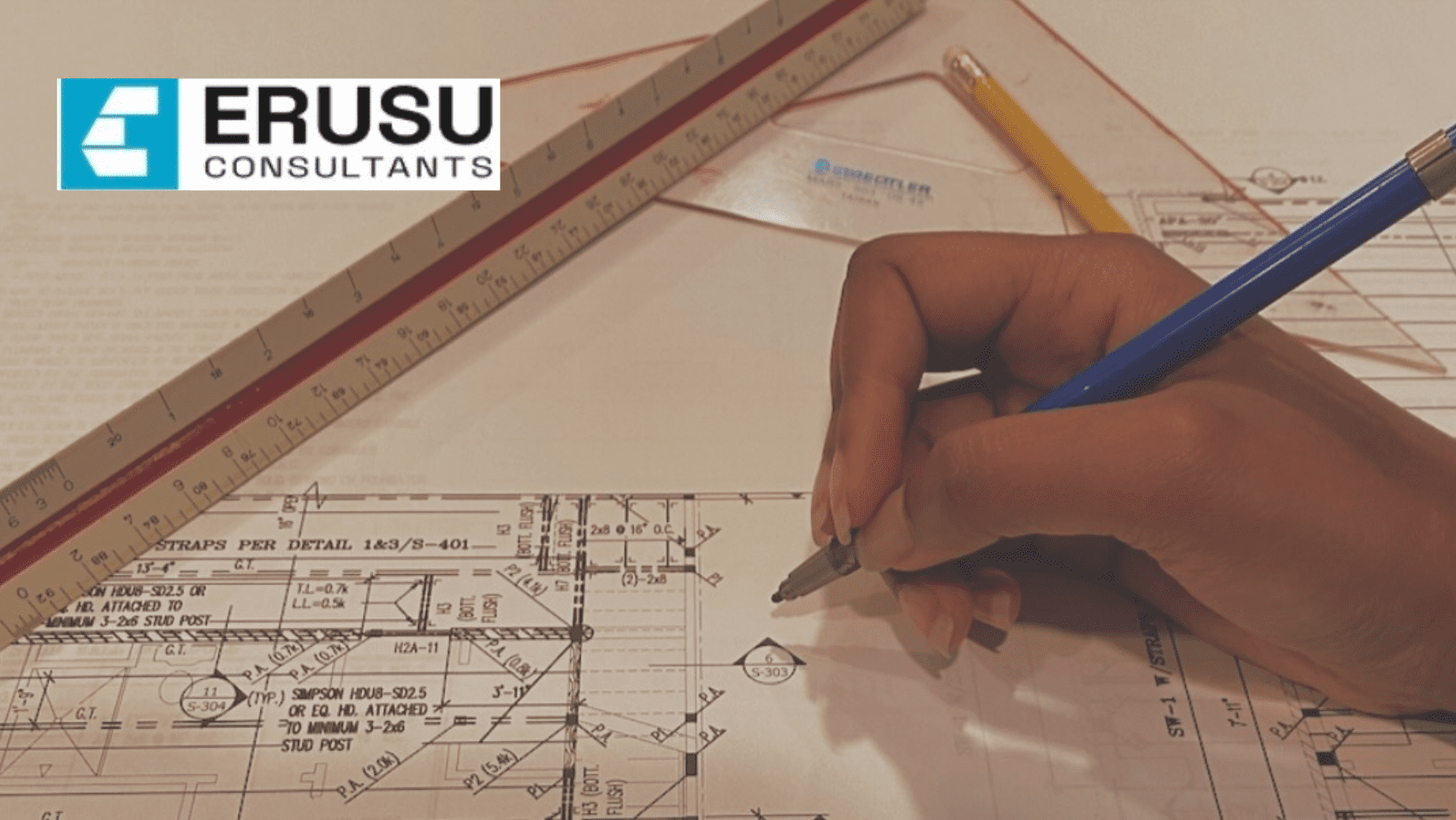The Science of Stability: Understanding Structural Design Engineering Principles
The Fundamentals of Structural Design Engineering:
At its essence, structural design engineering involves a meticulous understanding of the forces that act upon a structure. Engineers analyze and calculate the loads—gravity, wind, seismic, and more—to determine how a building will resist these forces without compromising its integrity.
Material Science: The Building Blocks:
A fundamental aspect of structural engineering lies in material science. Engineers carefully select and analyze materials such as steel, concrete, timber, and advanced composites, understanding their properties and behaviors under various conditions to ensure optimal structural performance.
Load-Bearing Principles: Balancing Forces:
The ability of a structure to support itself and any additional loads is fundamental. Engineers apply load-bearing principles, ensuring that the weight is transferred safely to the ground without causing excessive stress or deformation.
Form Follows Function: Aesthetics and Efficiency:
Structural design engineering isn’t solely about function; it’s also about form. Engineers strive for a harmonious blend of aesthetics and efficiency, incorporating innovative design solutions that enhance both the visual appeal and the structural integrity of a building.
Sustainable Engineering: Reducing Environmental Impact:
In the modern era, sustainability is a critical consideration. Structural engineers integrate sustainable practices and materials, designing buildings that minimize environmental impact, reduce energy consumption, and promote eco-friendly construction methodologies.
Codes and Standards: Ensuring Safety
Adherence to building codes and standards is paramount. These regulations set the minimum safety requirements for structural stability, ensuring that buildings meet specified criteria for strength, durability, and safety.
Analytical Tools: Precision in Design:
Advancements in technology have revolutionized structural engineering. Engineers utilize sophisticated software and computational tools to simulate structural behavior, allowing for accurate predictions, optimization, and refinement in the design process.
Structural Integrity in Practice:
Principles of structural design engineering are exemplified in various architectural marvels worldwide. From the intricate arches of historical buildings to the sleek, soaring skyscrapers of modern cities, each structure reflects the application of engineering principles to achieve stability, safety, and functionality.
Challenges and Innovations:
The field of structural design engineering constantly evolves. Engineers face challenges like designing for extreme conditions, embracing new materials, and integrating advanced technologies while striving for innovative solutions that redefine the possibilities of structural design.
Conclusion: The Art and Science of Stability:
In conclusion, structural design engineering is the synergy of art and science, where creativity meets precision to create structures that inspire, endure, and serve. By understanding the principles that govern structural stability and embracing innovation, structural engineers continue to shape the world we live in, crafting structures that stand as testaments to human achievement and ingenuity.
Disclaimer: This content is provided solely for your review. Erusu Consultants takes no liability for this article. The reader is advised to form their own opinion. Please consult a Structural Engineer before making any final decisions.






